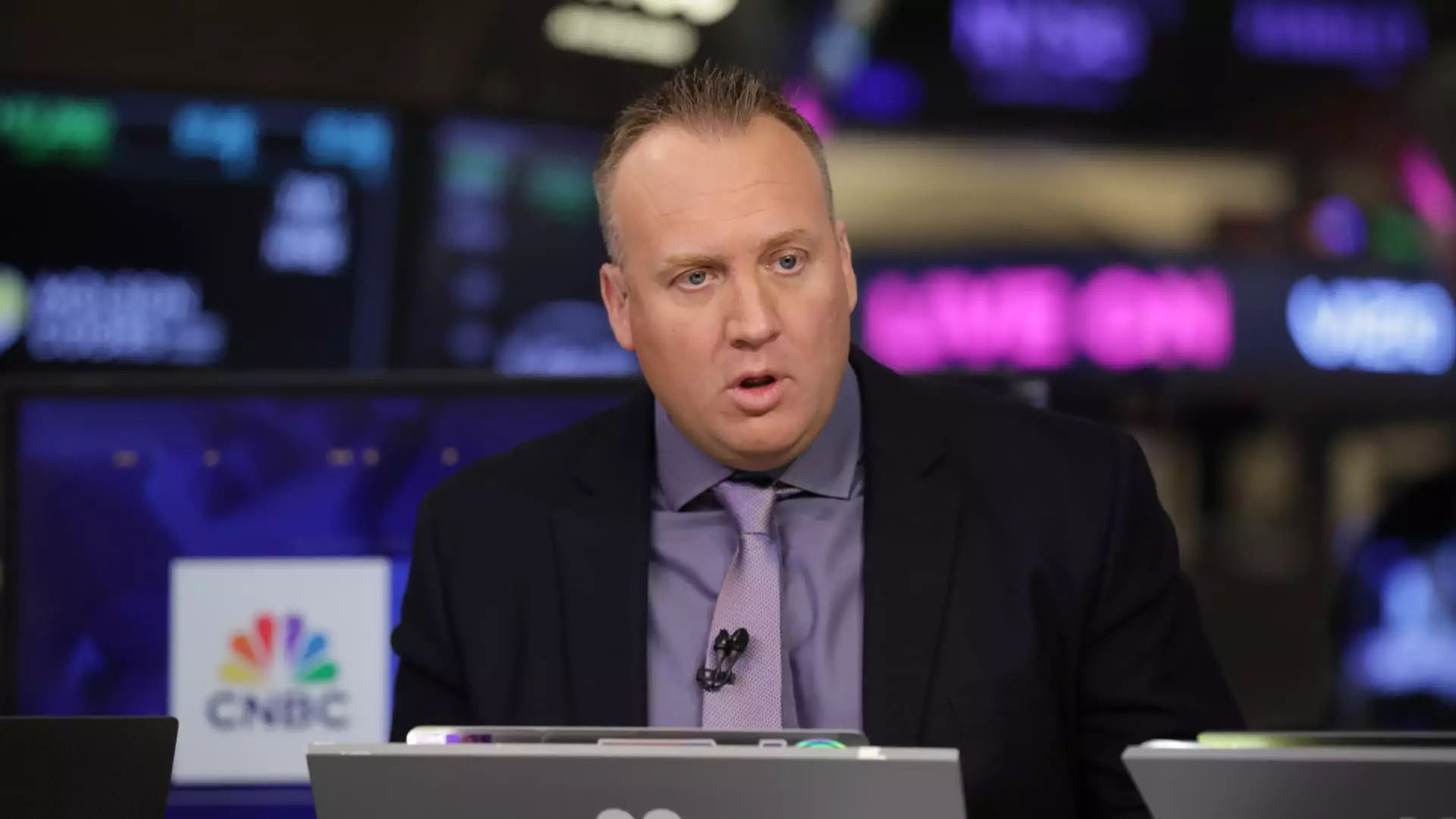Uber may have once been the subject of skepticism and fervent debate regarding its sustainability and growth. Yet, recent developments indicate that this leading technology-driven ride-hailing platform could soon dominate the mobility landscape, primarily driven by advancements in autonomous driving. As we navigate this new wave of innovation, it becomes necessary to examine the positioning of Uber in light of insights shared by prominent investors, like Josh Brown, and gauge the transformative impact of technologies like robotaxis.
The Shift Towards Autonomous Technology
Josh Brown, CEO of Ritholtz Wealth Management, has solidified his belief in Uber by boldly declaring it his most significant personal investment. The crux of his argument lies in the burgeoning autonomous driving technology that is set to redefine the ride-sharing industry fundamentally. The essence of Brown’s position is simple: by eliminating the most costly component of current operating models—the human driver—Uber is in a prime position to reap significant financial rewards.
As consumers become accustomed to the idea of sharing rides in driverless vehicles, the public perception of Uber could evolve dramatically. The rollout of cooperative services with autonomous vehicle leaders, like Waymo and Tesla, positions Uber as an indispensable partner in this new market. These developments signify both a shift in technology and a potential pivot in consumer behavior.
Market Momentum: A Significant Upsurge
Uber has experienced unprecedented growth in its stock value, surging more than 52% this year alone. This climb comes amidst significant innovations, such as Waymo’s robotaxis being accessible to Uber users in Atlanta. The partnership represents a groundbreaking moment in ride accessibility. Brown asserts that witnessing the seamless integration of Uber’s platform with autonomous technologies will “blow people’s minds,” creating excitement that drives further stock appreciation.
Critically, this isn’t merely an anomaly; it is the beginning of a new trajectory for Uber. In an era where traditional models face disruption, the stock market appears to be waking up to Uber’s potential as a tech-inspired ride-hailing service that can adapt and thrive in changing landscapes. The implications of this are vital—not just for Uber itself, but for the wider investment community as well.
The Competitive Landscape
The ride-hailing sector is becoming increasingly competitive, with players like Tesla and Baidu’s Apollo Go pushing the envelope on autonomous technologies. However, it is essential to understand that Uber’s role isn’t purely that of a competitor but rather a collaborator. The company’s ability to partner with various autonomous players allows it to remain flexible while securing revenue through its core service offerings.
This notion of collaboration could further entrench Uber’s standing as a leader, especially as technology evolves. While other companies strive to build their own ecosystems, Uber can strategically integrate a multitude of autonomous vehicles into its existing infrastructure. The adaptability inherent in this strategy proposes a more resilient business model, ensuring Uber’s relevance in a rapidly evolving market.
Investor Sentiment: A Long-term Perspective
Brown’s confidence speaks volumes, as he shows no signs of cashing in on his substantial investment anytime soon. Claiming he doesn’t understand why Uber’s stock is still under $100, he emphasizes the disconnect between the company’s potential and its current valuation. This sentiment reflects a broader belief in long-term growth despite short-term fluctuations.
Such a perspective highlights an essential truth about investing—riding the waves of volatility is as critical as recognizing a company’s potential. Uber’s innovative leaps provide a solid foundation for investment, and Brown’s stance dismisses the immediate market hesitations. Instead, he champions a more patient approach to growth—a perspective rooted in fundamental shifts rather than temporary stock dips.
Uber is not merely a player in the ride-hailing game; it stands at the forefront of a revolutionary shift towards automation in transportation. The factors shaping its recent stock surge represent just the beginning of an optimistic chapter in their narrative. With robust partnerships, evolving technology, and an investor mentality that embraces long-term potential, Uber’s trajectory is not just promising—it is transformative.


Leave a Reply